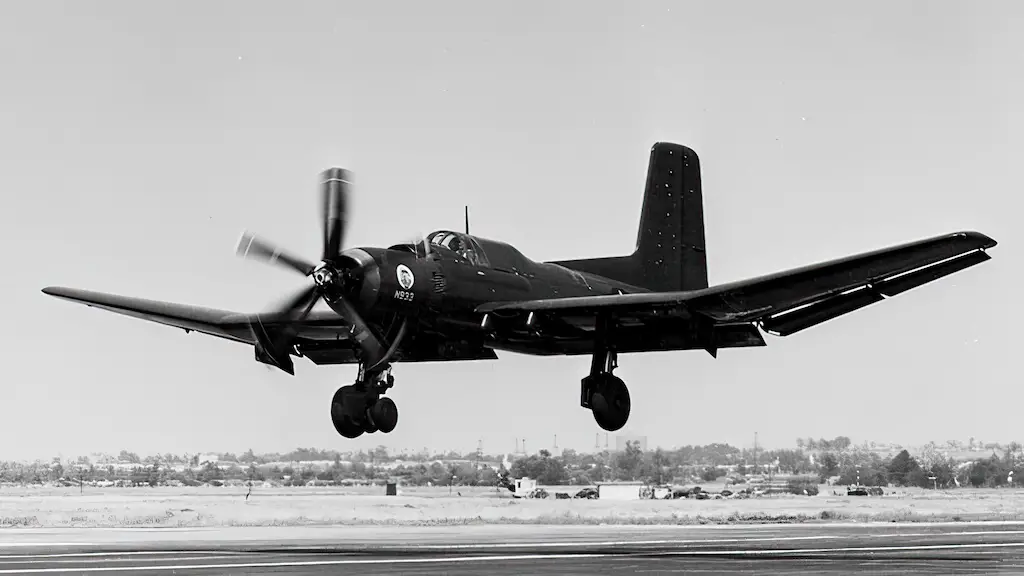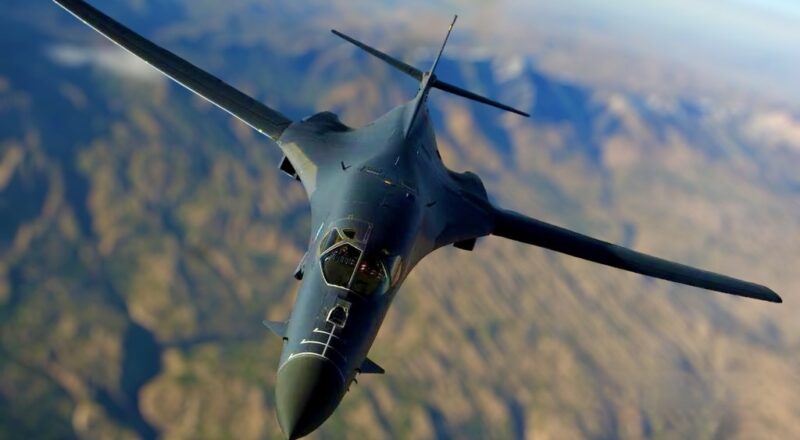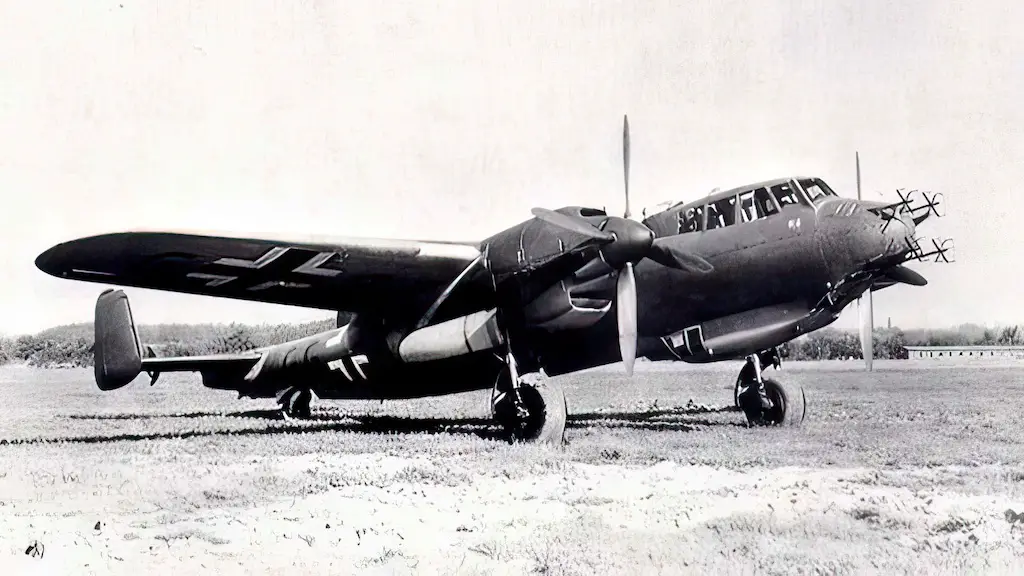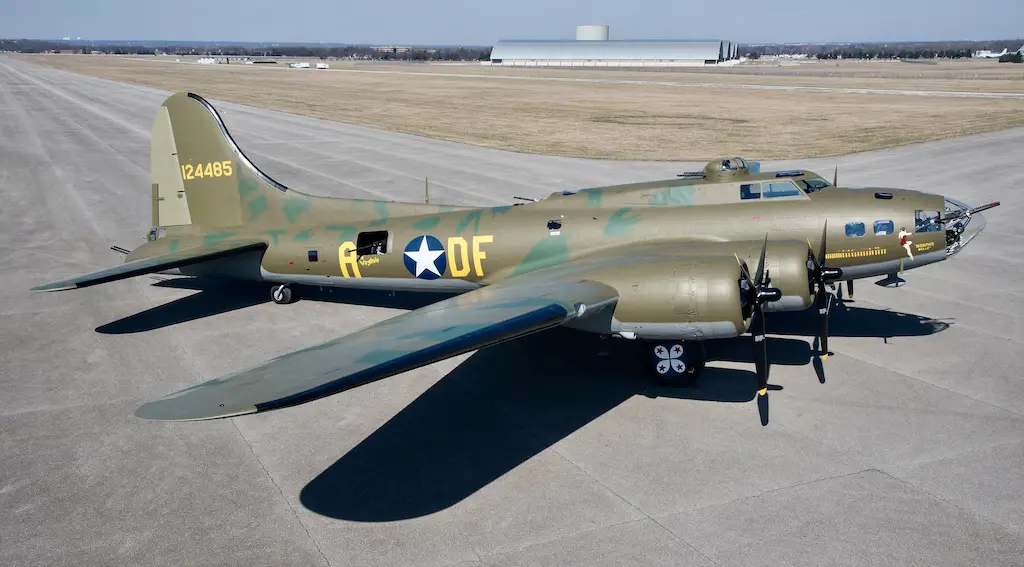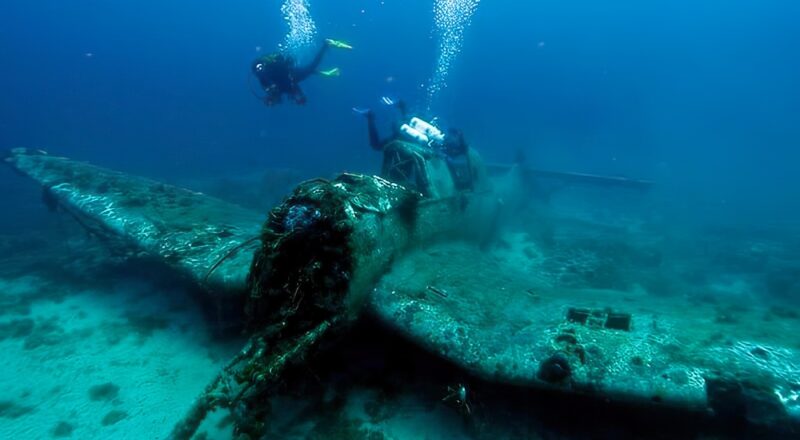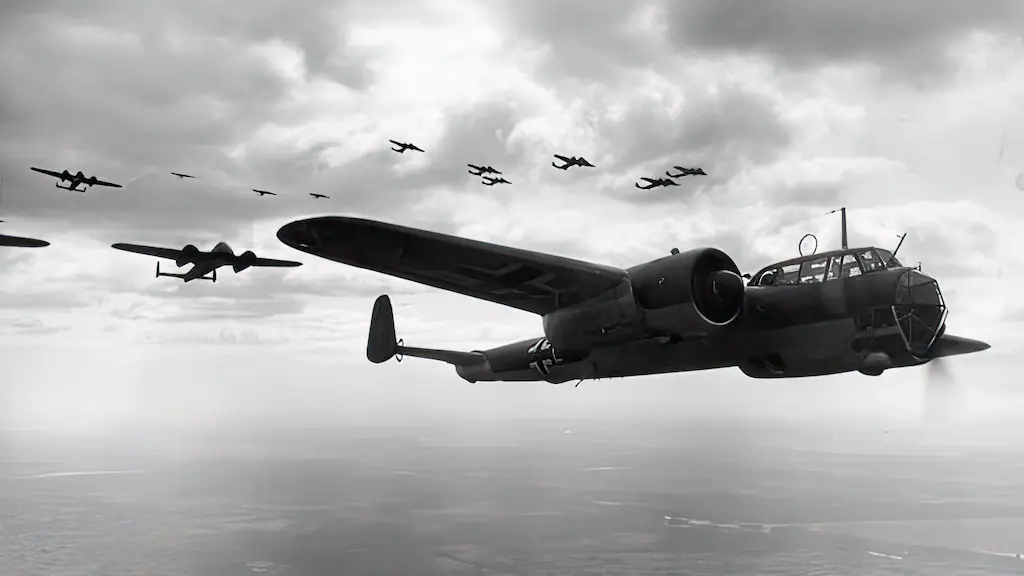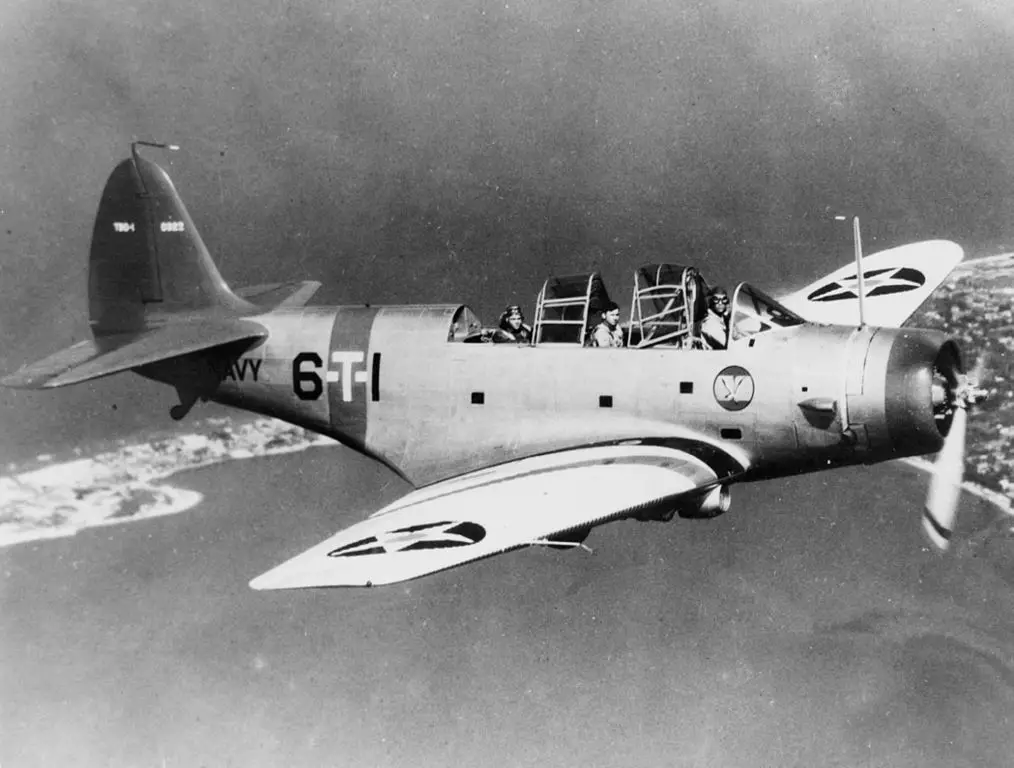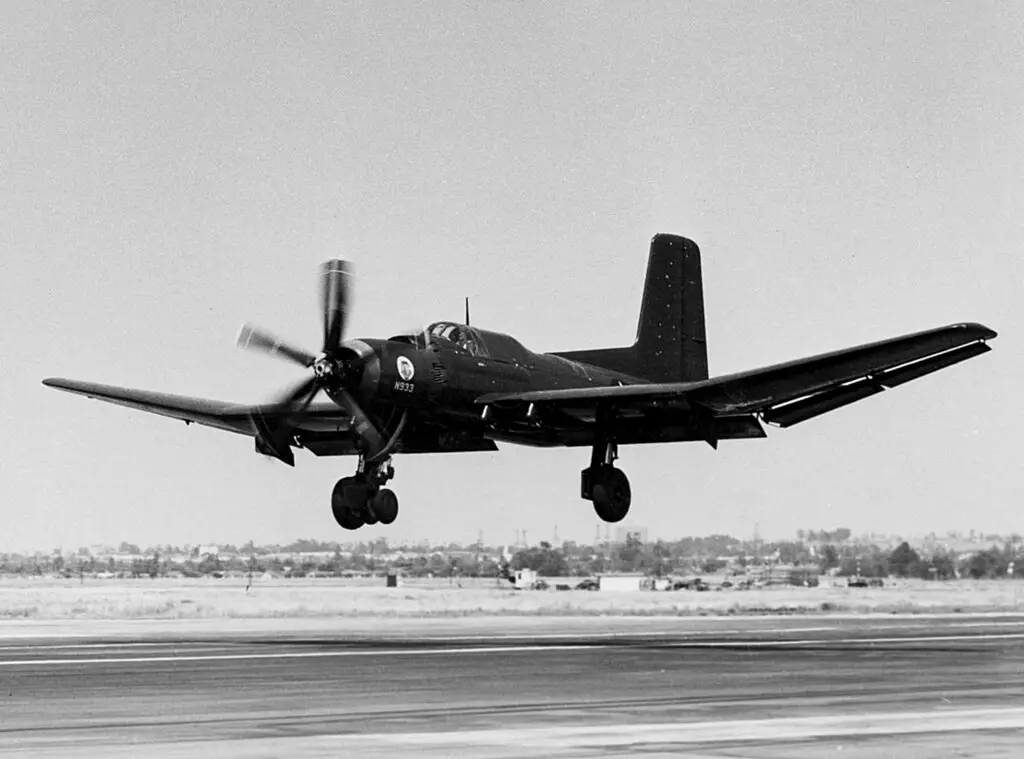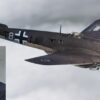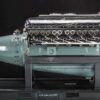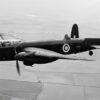The world of aviation is full of success stories, but every once in a while, there’s a design that raises eyebrows. Imagine dedicating years of research to create a powerful aircraft, only to discover it couldn’t fit on the majority of your fleet’s aircraft carriers! That’s precisely the tale of the Douglas XTB2D Skypirate, an aircraft doomed by its sheer size.
The Birth of the Skypirate
Back in 1939, the Douglas team, led by the brilliant minds of Ed Heinemann and Bob Donovan, set out to replace the TBD Devastator torpedo bomber. By 1943, after years of brainstorming and refining, they unveiled the “Devastator II” or, as it was more menacingly known, the “Skypirate”. Despite its promising inception, the Skypirate faced its first set of challenges as the navy hesitated to offer their full support, especially with its design specifically tailored for the new, larger Midway- and Essex-class carriers.
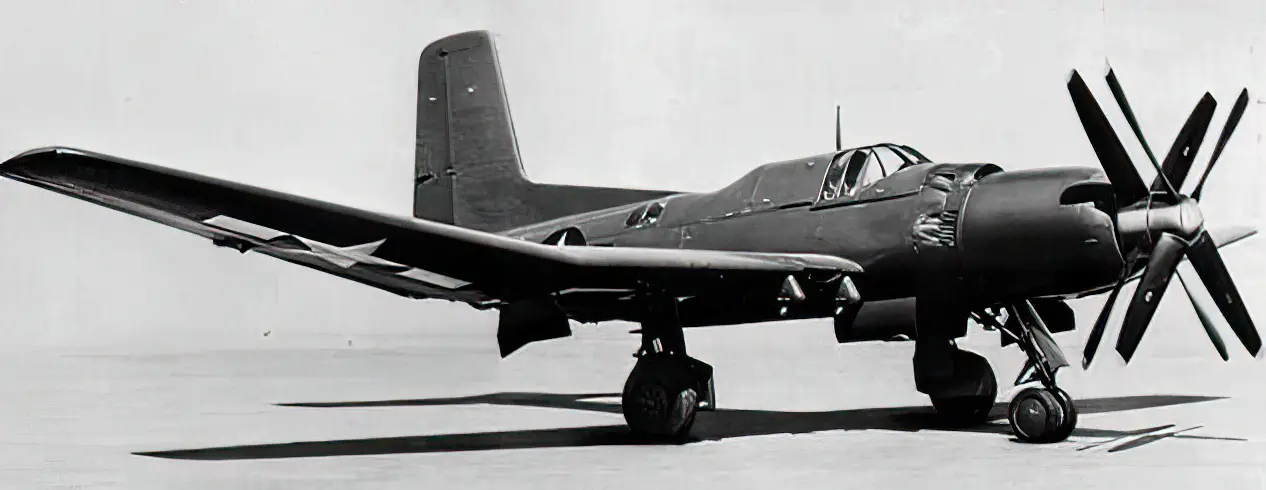
The Engine
The heart of any aircraft is its engine, and the Skypirate didn’t skimp in this department. Its beastly Pratt & Whitney R-4360 Wasp Major engine, driving contra-rotating propellers, promised to deliver unmatched power. However, as impressive as it sounded, the performance on the test flights would be the true determining factor.
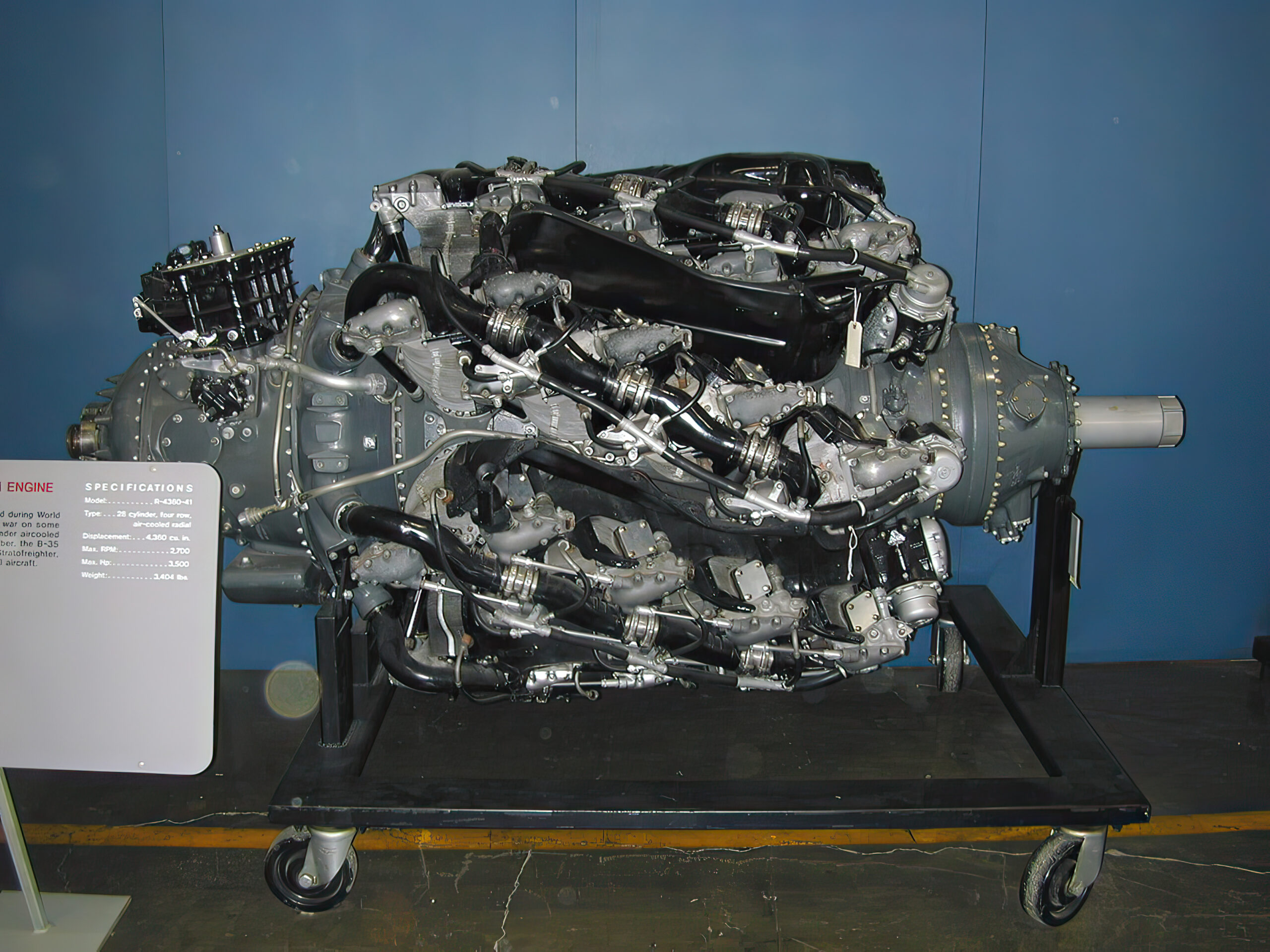
Handling the Aircraft
Upon taking to the skies for the first time in March 1945, the Skypirate exhibited solid flight capabilities. Its enormous size, surprising for a single-engined plane, posed unique challenges. The second prototype, which had an extended fuselage, saw the light of day later that summer. Yet, both prototypes flew without their designated armament, a crucial factor in assessing their combat readiness.
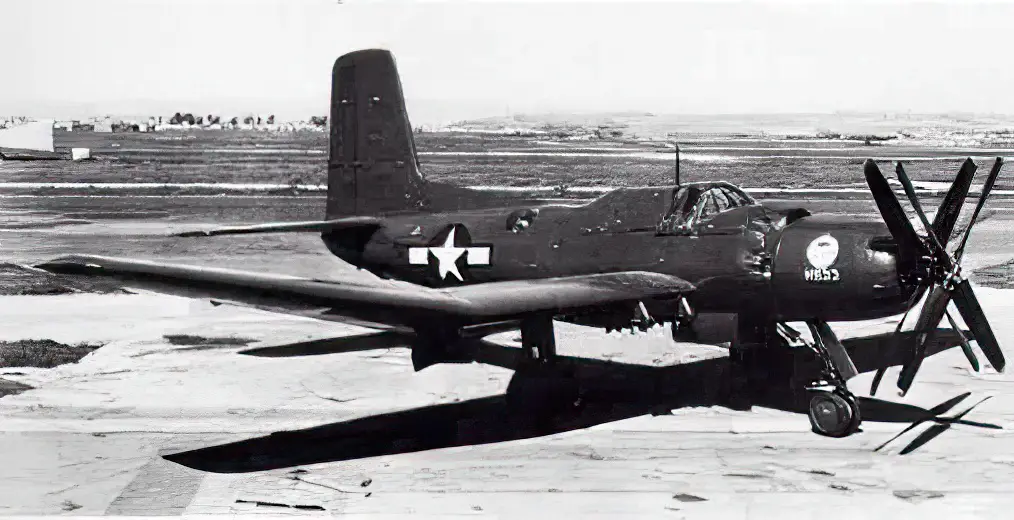
Locked and Loaded
Designed to be a force to reckon with, the Skypirate came packed with firepower. It boasted four wing-mounted machine guns, an additional three machine guns positioned strategically for defense, and the ability to carry a whopping 8,400 lbs of bombs or four torpedoes. This arsenal made it capable of carrying four times the weapon load of the Grumman TBF Avenger, making it a potential game-changer in naval warfare.
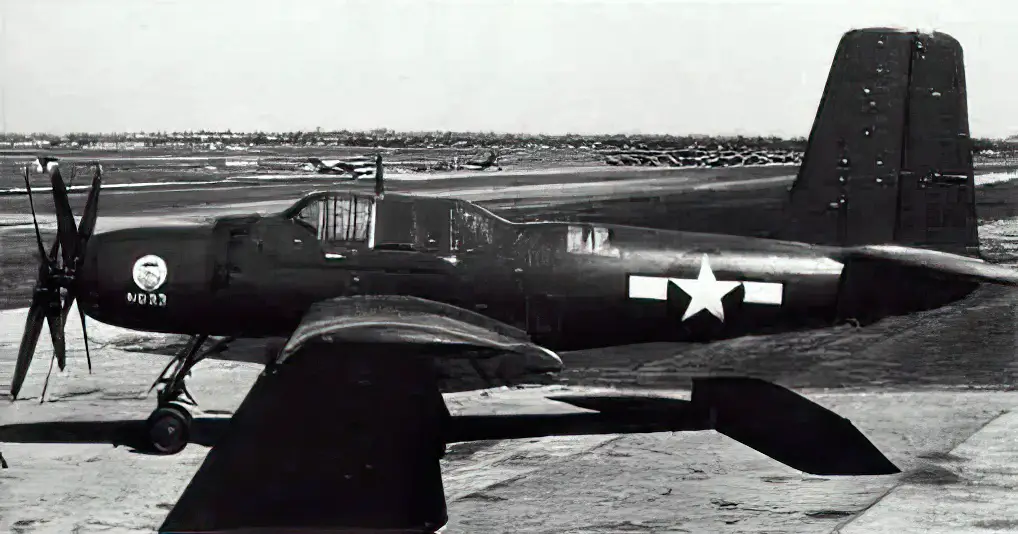
The Downfall
Despite its formidable features, the Skypirate’s journey was fraught with challenges. Its massive size limited its compatibility to only the newest carriers. As the Japanese forces dwindled in the Pacific, and delays plagued the Midway-class carriers’ production, the navy’s demand for the Skypirate waned. The looming end of World War II rendered dedicated torpedo bombers like the Skypirate obsolete. By 1948, the project was officially shelved, and the prototypes were discarded, marking the end of what could have been an aviation legend.
In the vast tapestry of aviation history, the Douglas XTB2D Skypirate serves as a powerful reminder that even the most promising designs can falter if they don’t meet the evolving needs of the times.

